
fungi & moss Growing moss, Fungi, Moss
Moss, which is also known as Bryophyta, is not a fungus. It is a type of small, non-vascular flowerless plant. Mosses lack true roots and rely on the absorption of water and nutrients through their leaves instead. They usually grow in damp places such as rocks, logs, and trees.
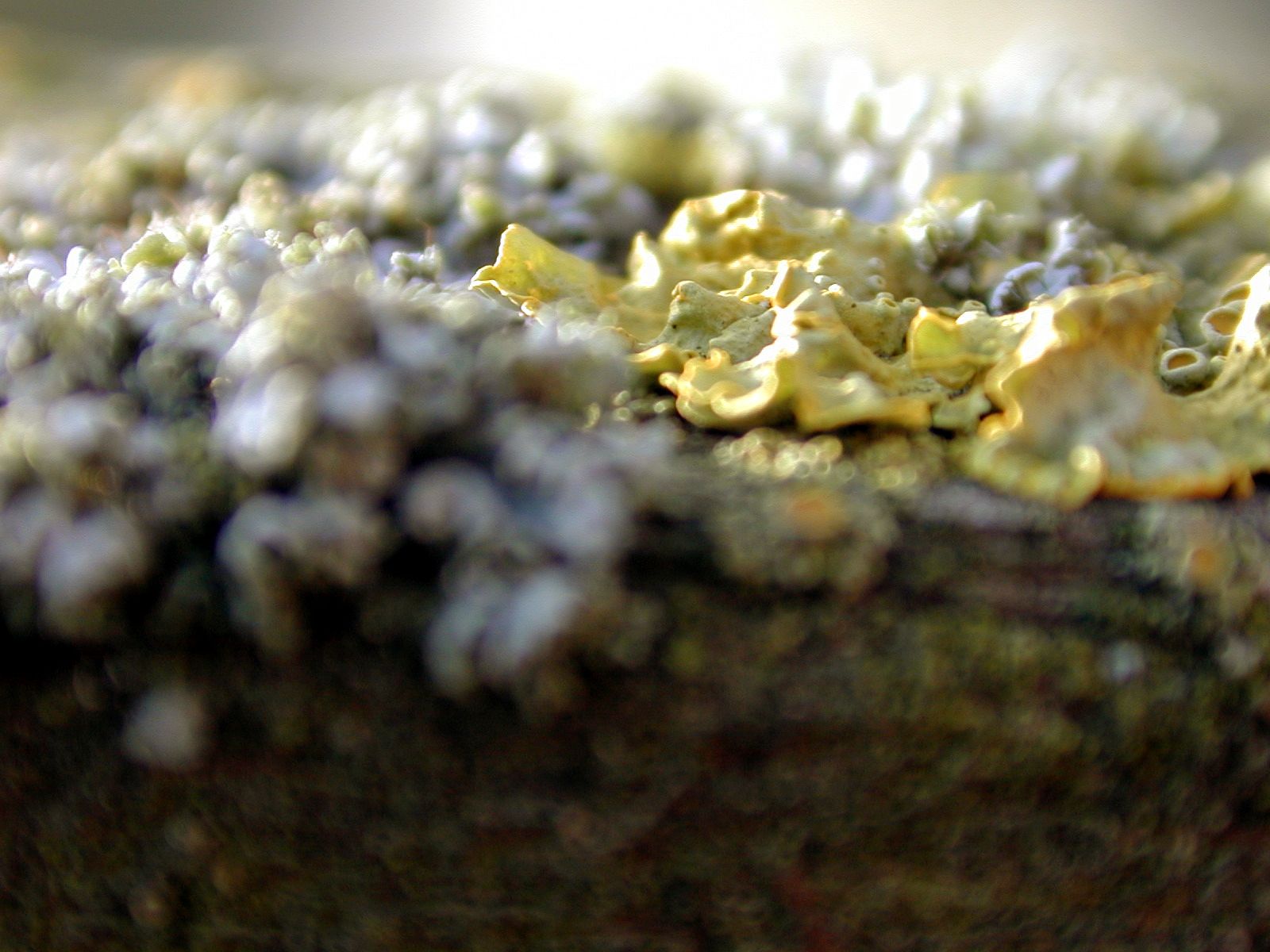
Image*After photos moss close closeup grwoth fungus fungi floor plants
moss, (division Bryophyta), any of at least 12,000 species of small nonvascular spore-bearing land plants. Mosses are distributed throughout the world except in salt water and are commonly found in moist shady locations. They are best known for those species that carpet woodland and forest floors.
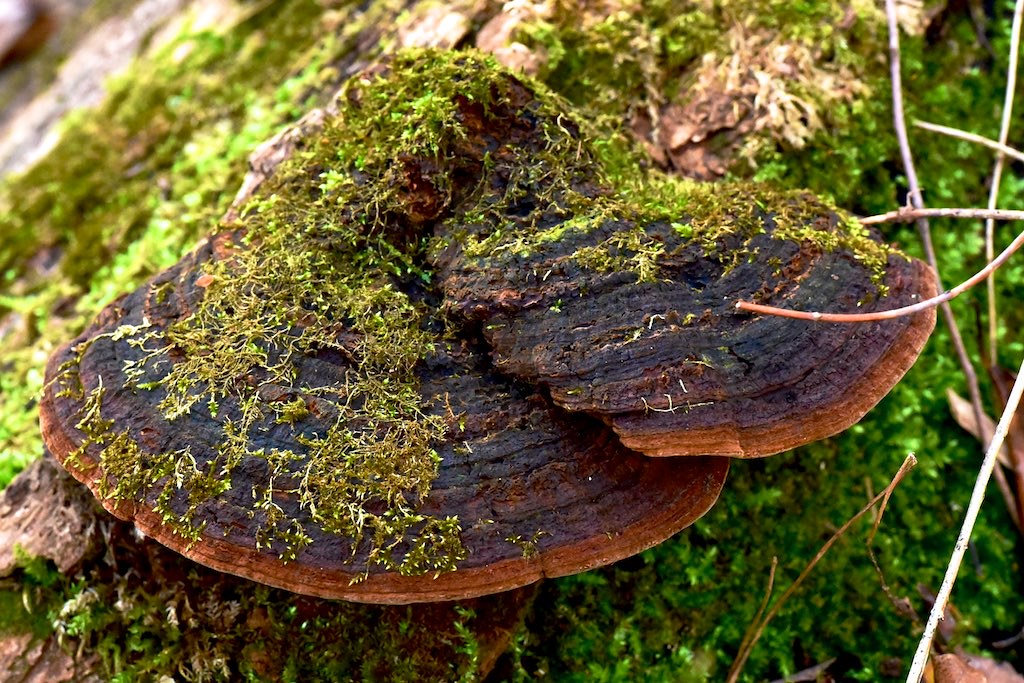
Is Moss A Plant Or A Fungus roxpod
Moss is a keystone genus and benefits habitat restoration and reforestation. [10] Physical characteristics Description Chloroplasts (green discs) and accumulated starch granules in cells of Bryum capillare Botanically, mosses are non-vascular plants in the land plant division Bryophyta.

Moss Fungus Mushroom Free photo on Pixabay Pixabay
Sporotrichosis (also known as "rose gardener's disease") is an infection caused by a fungus called Sporothrix. This fungus lives throughout the world in soil and on plant matter such as sphagnum moss, rose bushes, and hay. 1, 2 People get sporotrichosis by coming in contact with the fungal spores in the environment.
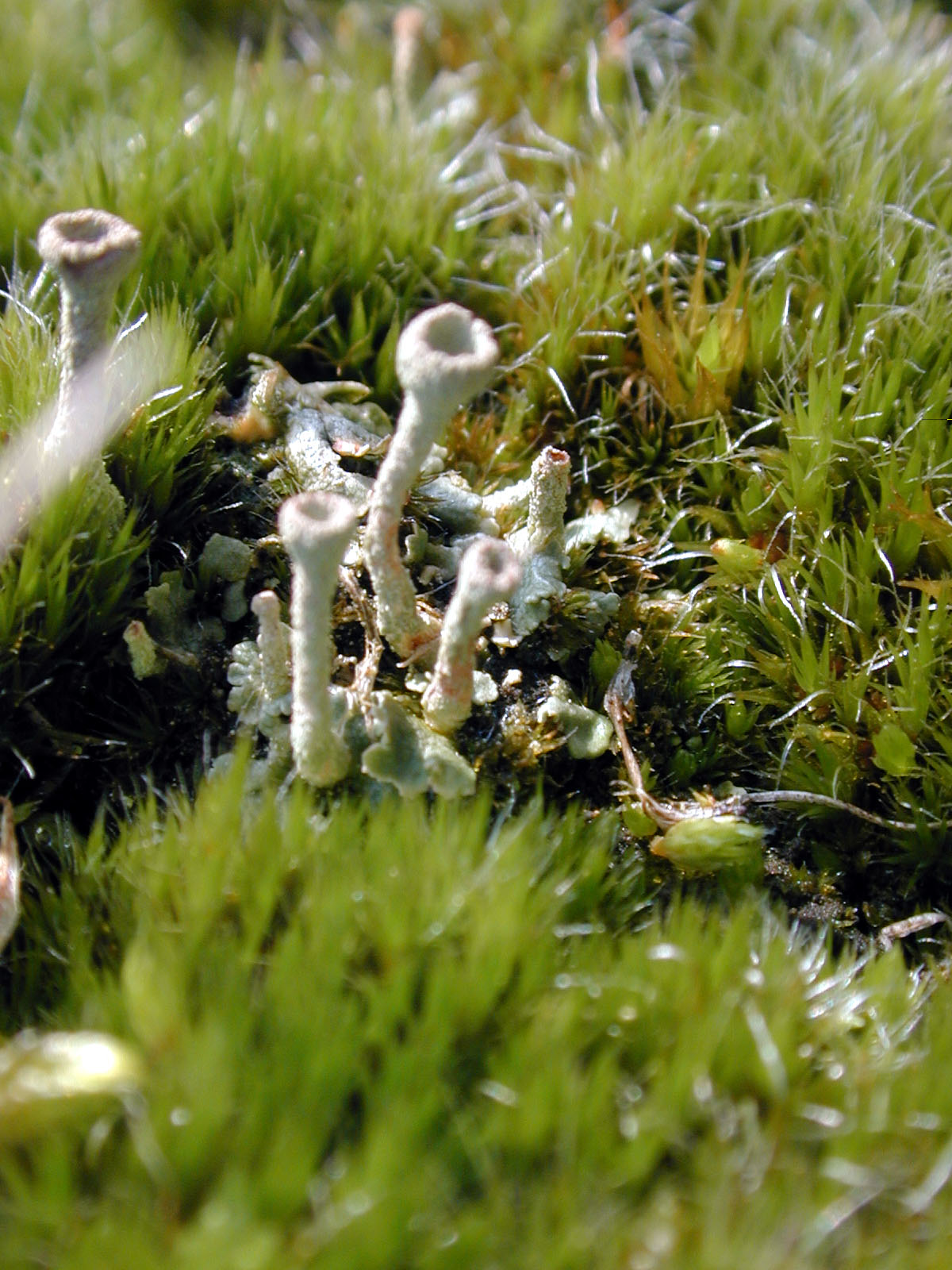
Image*After images moss fungus fungi growing alien plant grass forest floor
Mosses do not have flowers and reproduce both asexually and sexually. Sexual reproduction occurs through the development of spores within capsules. These capsules are borne on stalks called setae, which extend from the tip of the moss plant.
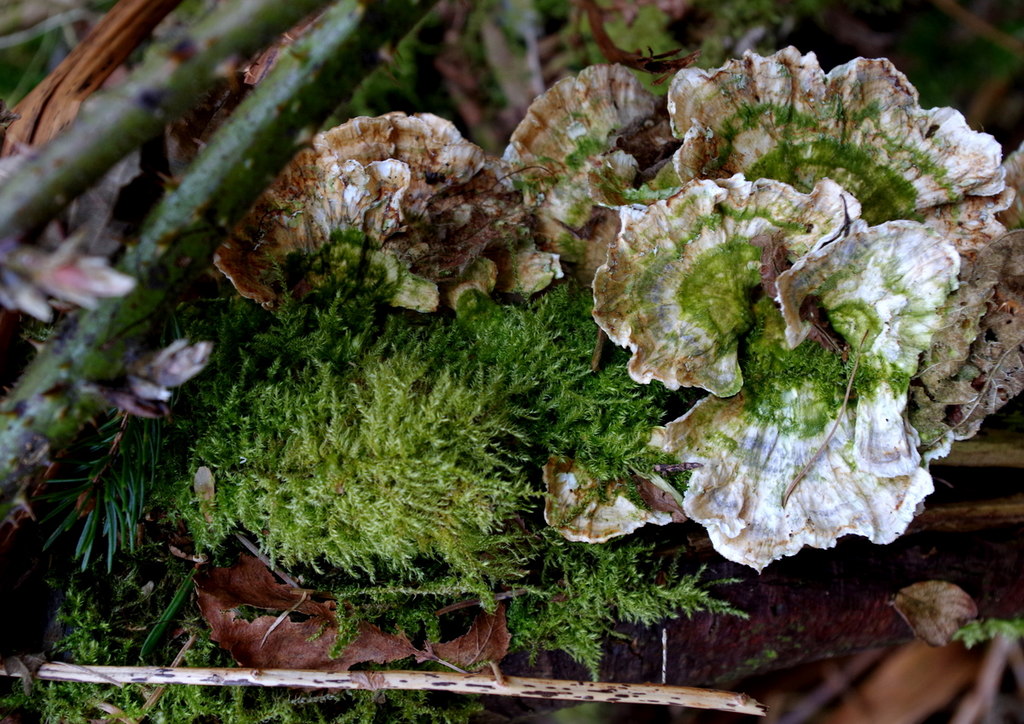
Moss and fungus by forest track © Andrew Hill Geograph Britain and Ireland
No, it is not a fungus. But it is easy to guess the error because there are various similarities. Mosses are a type of plant that you will find all over the world. They can be found in many different environments, from the coldest parts of the Arctic to the hottest parts of Africa.

Moss and fungi on log stock photo. Image of mushroom 127594962
No, moss isn't a bacteria. They also aren't fungi or protists. Bacteria fall within the prokaryotic domain, fungi is a different kingdom from plantae, and a protist isn't a plant but is instead classed as a eukaryotic organism. Mosses, on the other hand, fall within the plantae kingdom, which is part of the eukaryotic domain.
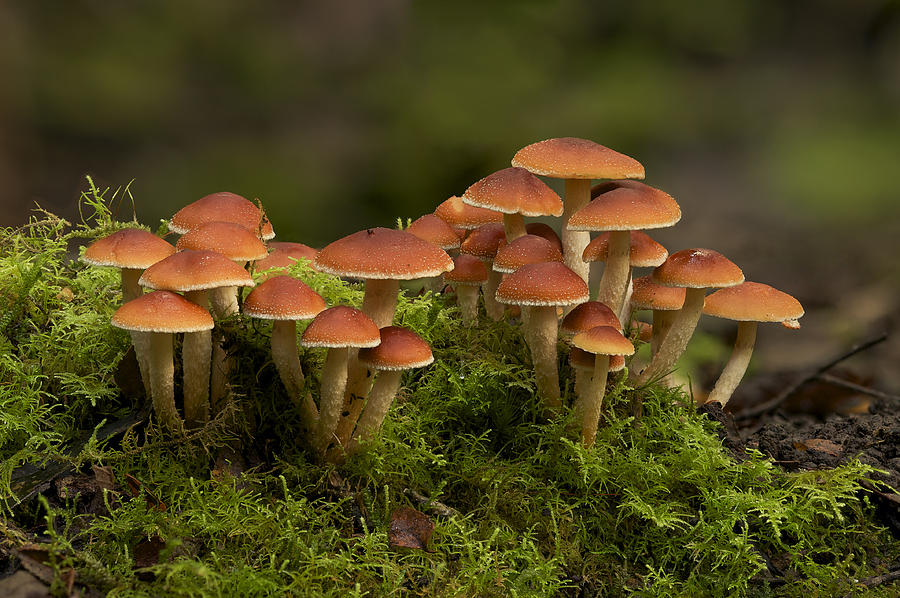
A clump of orange fungus in rainforest moss Photograph by Gerhard Saueracker Pixels
In short, a moss is a simple plant, and a lichen is a fungi-algae sandwich. Oak Moss, Evernia prunastri, is actually a lichen. R. Troy McMullin © Musée canadien de la nature Mosses are multicellular organisms with leaflets made of photosynthetic cells, just as with trees, ferns and wildflowers.
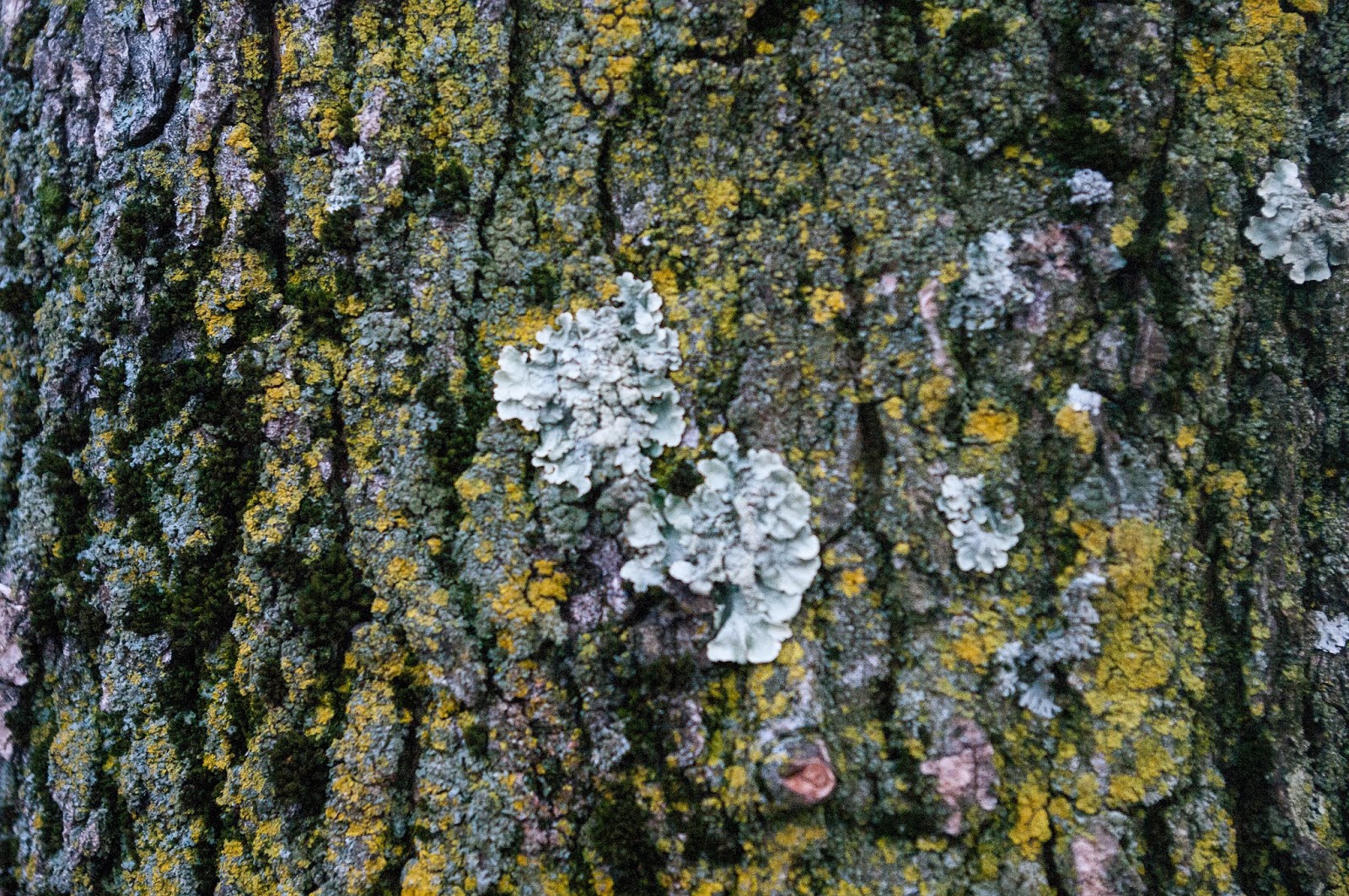
NEW SAVANNA Trees with moss, fungus, and severed limbs
Moss. Mosses, also sometimes called bryophytes, are little flowerless plants that tend to grow in tufts or mats. Rather than using flowers and seeds, mosses reproduce by creating spores that are held in a little capsule.. The fungus makes up most of the lichen, giving it its shape and fruiting bodies while the algae provides the ability to.

About Lichens
Key points. Lichen are non-destructive, living organisms composed of a fungus and algae living in a symbiotic relationship.In a symbiotic relationship, two organisms function in a way that is mutually beneficial. Because the algae derive nutrients through photosynthesis, and the fungi protect the algae from drying out, lichen can live and grow in extremely barren areas.
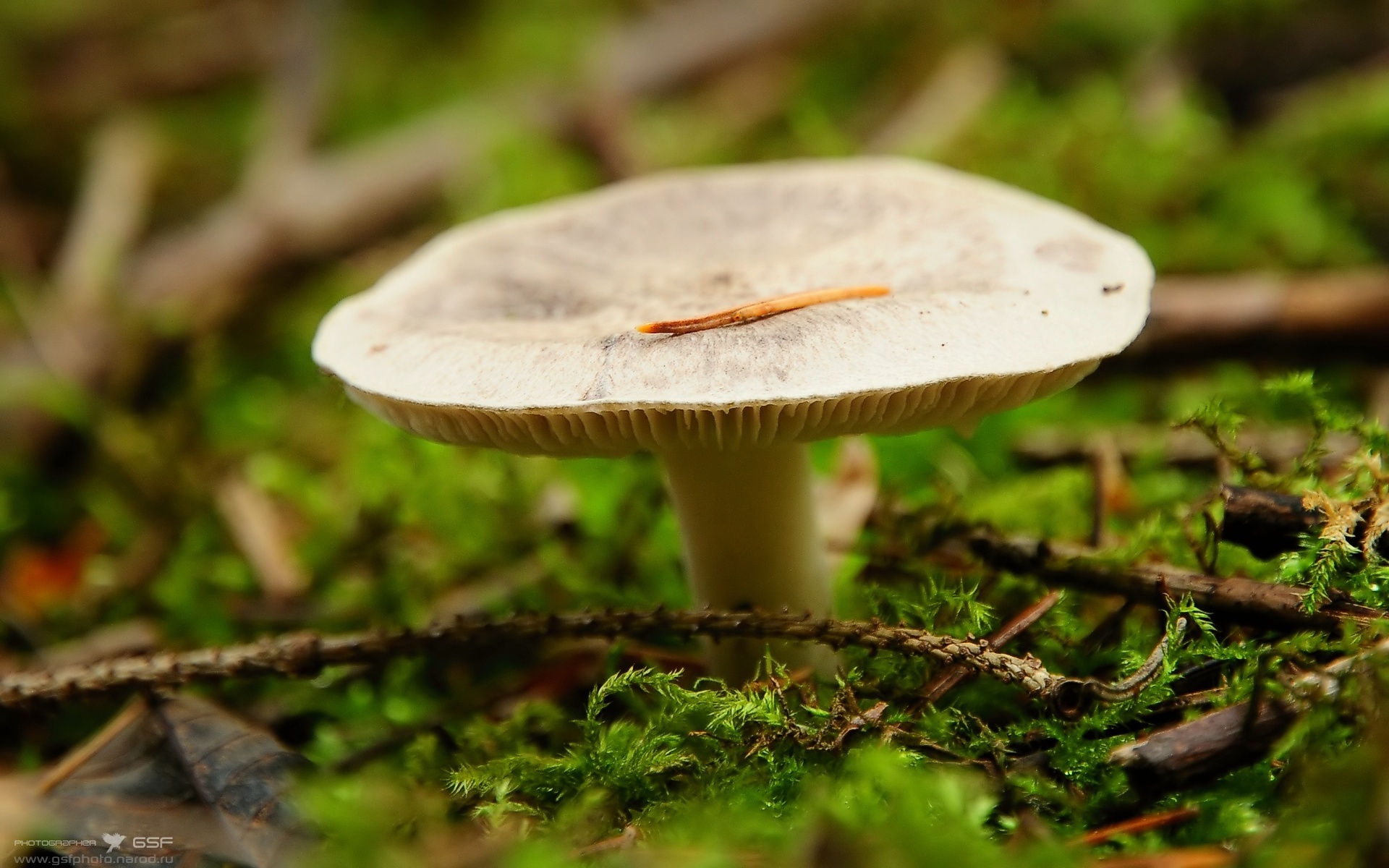
Moss fungus surrounds wallpapers and images wallpapers, pictures, photos
Unlike most other plants, mosses don't have roots. Instead they have rhizoids, which are small hairlike structures. Their main function is anchoring the plant to rock, bark or soil.

Fungus growing in moss Stock Image C050/6786 Science Photo Library
Essential for clean air, yes, but simple organisms. A step change in research is shaking up the way scientists think about plants: they are far more complex and more like us than you might imagine..
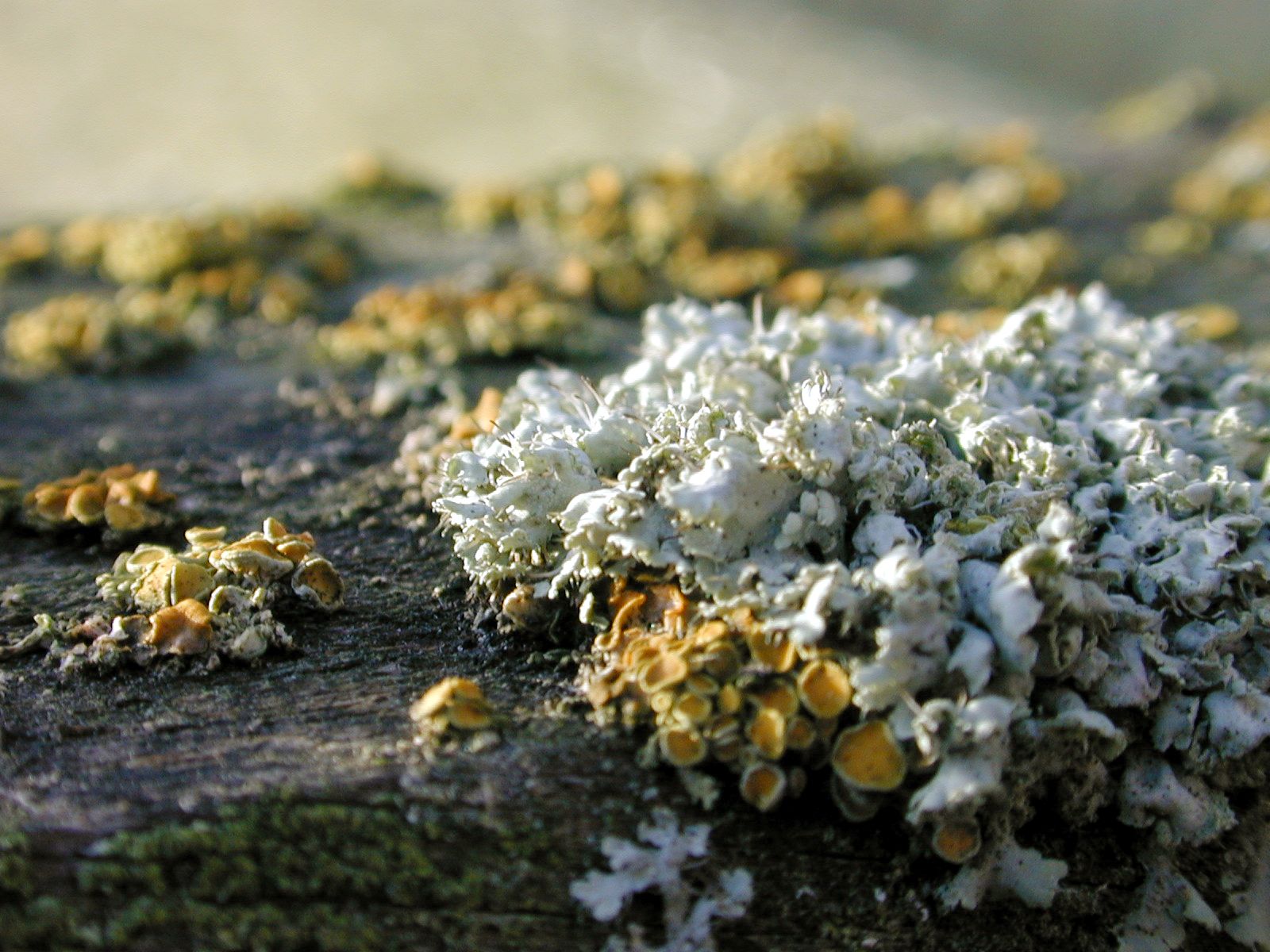
Image*After photos moss mosses ground growing fungus fungi undergrowth bark wood
Moss is not a bacteria, fungus, or algae but rather a non-vascular plant. It belongs to the division Bryophyta which falls under the kingdom Plantae. The domain of bacteria forms a domain of its own that includes prokaryotic organisms. Fungi and Algae each belong to their own separate kingdoms. Let me help break that down for you in case you.
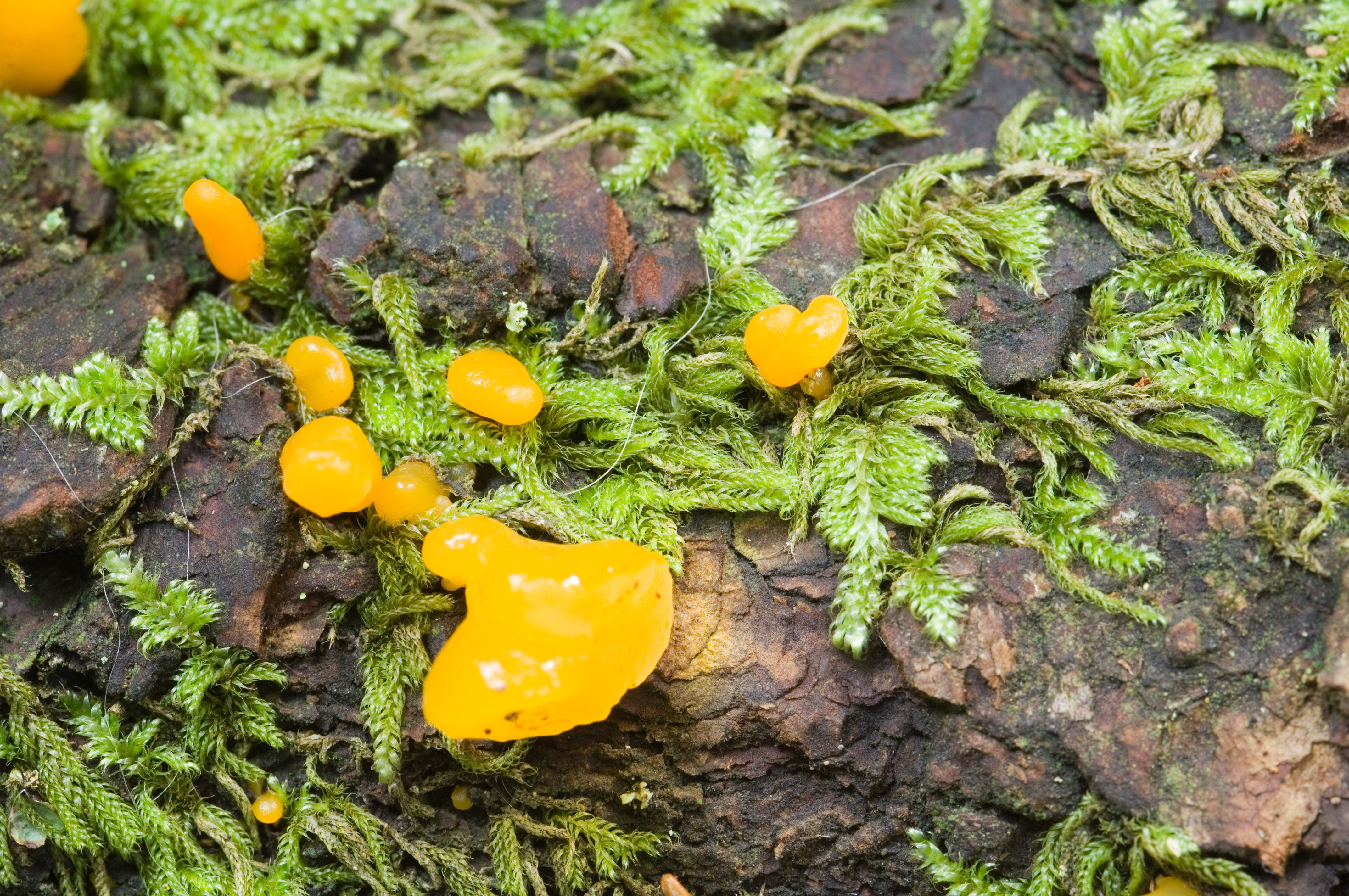
Yellow Fungus Growing With Moss
Moss and lichen are often confused because they both grow on surfaces such as rocks, trees, and roofs. However, moss is a plant, while lichen is a composite organism made up of a fungus and an alga or cyanobacterium. Moss has leaves, stems, and roots, while lichen does not have true roots, stems, or leaves.
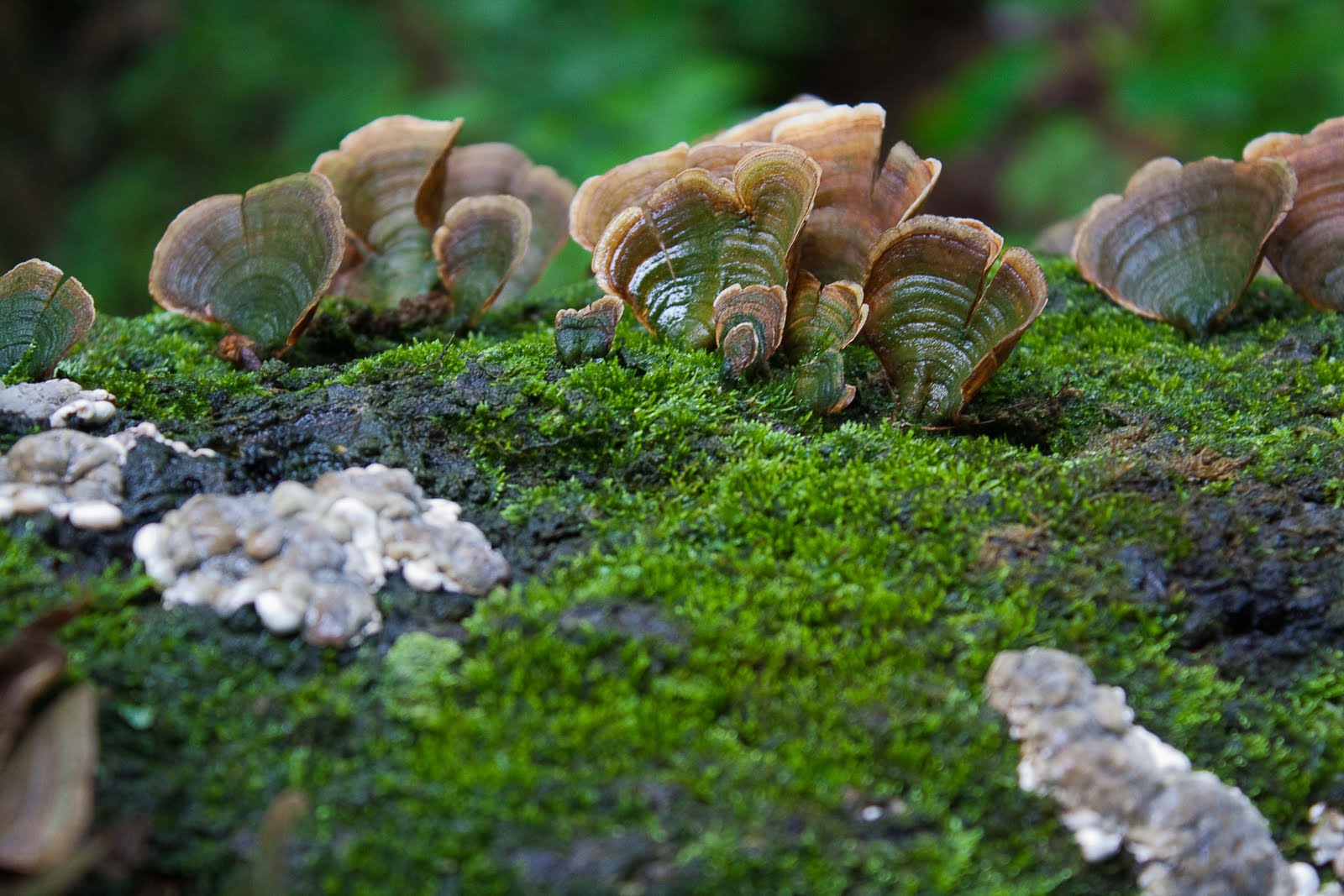
Moss And Fungi
The answer is really quite simple. Lichens are not a plant, while mosses are. In the NaturExplorers study A Fungus Among Us, we dive into the topic of lichens. Lichens are made from fungi that live in a mutualistic symbiotic relationship with algae.
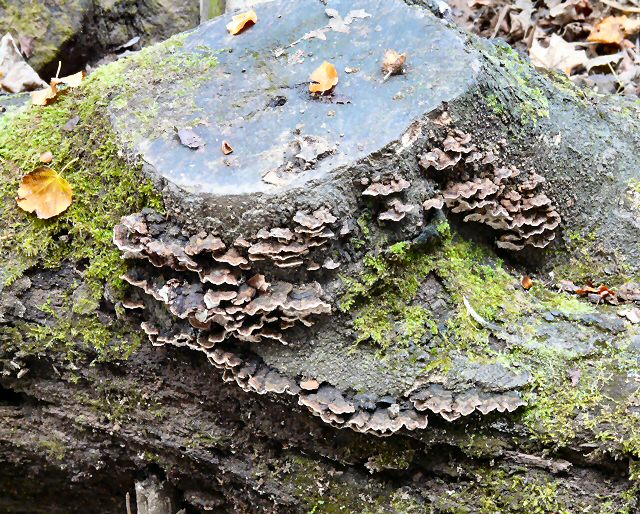
Moss & Fungi © Gerald England ccbysa/2.0 Geograph Britain and Ireland
Moss is a type of non-vascular plant, classified in the division Bryophyta in the kingdom Plantae. Moss, while typically associated with dark, damp environments, has actually adapted to occupy many drier, sunny regions. There are over 12,000 species of moss recognized, which span 8 classes and 23 different genera. Examples of Moss Bryopsida